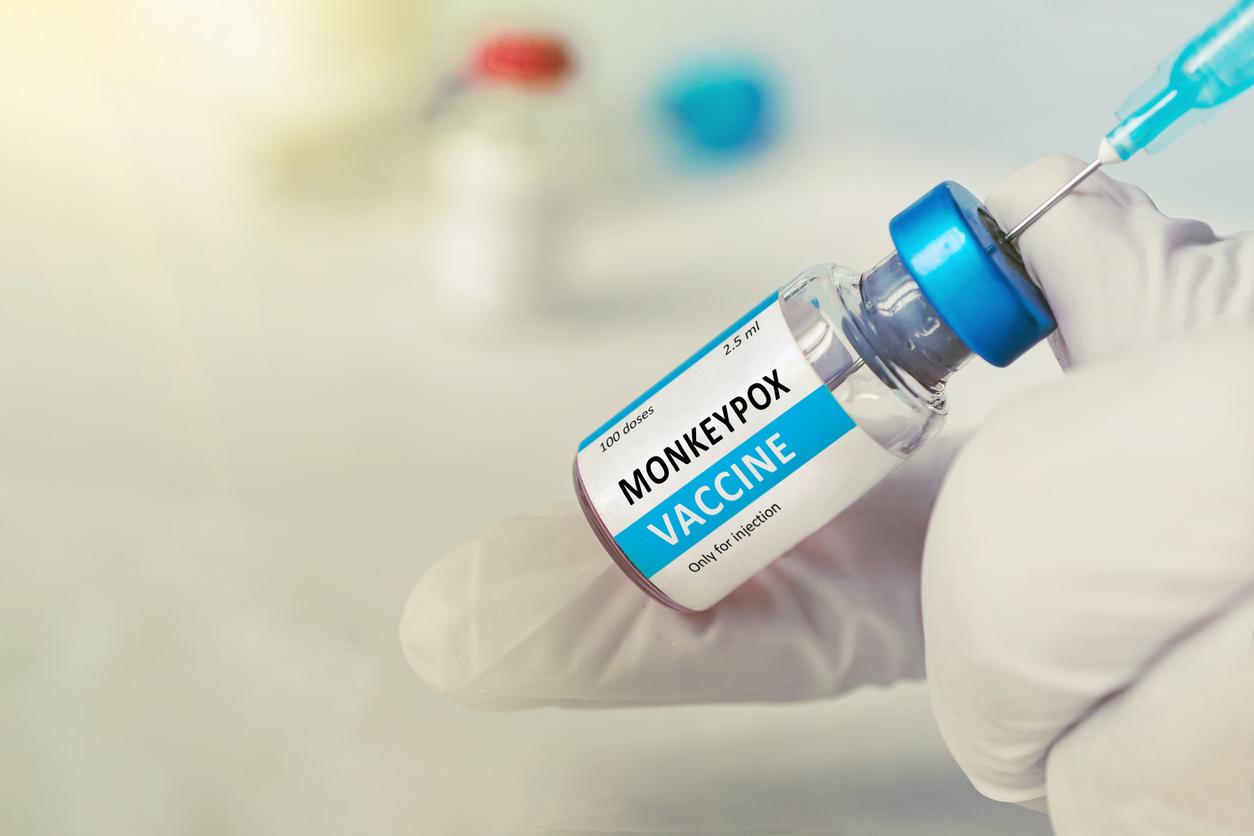February 21, 2001 – In 1997, a study by Dr. Marcia Herman-Giddens found that the first signs of sexual maturity were appearing earlier and earlier in the United States. Her research showed that at the tender age of 7, 27% of black girls start to see their breasts grow and have pubic hair. At 8 years old, nearly 50% of them show these signs of precocious puberty and at 9 years this percentage reaches 77%. In white girls, these percentages are respectively 7, 15 and 33% at 7, 8 and 9 years old. Until recently, these signs were not expected to appear before the age of 10.
It seems that no one can provide an explanation for this phenomenon although some hypotheses point to fats. Indeed, childhood obesity has doubled in 20 years and body fat is clearly involved in hormonal processes. The more fat the body has, the more it can convert adrenal hormones into estrogen. Obese children also have more insulin in their blood, which also influences sexual maturation. Statistically, obese children start puberty faster.
To the “fat” factor, we must also add that of the lack of physical exercise because it is notorious that girls who regularly practice physical exercise, such as gymnasts and dancers, have their puberty delayed. Some scientists look on the side of the environment and cite a small study carried out in Puerto Rico where we observed the development of the breasts from the age of 2 years! This lead would implicate phthalates, chemicals found in cosmetics and plastics.
At the moment, no explanation is available for racial differences, and it is not known whether the age of puberty also changes for boys who are just starting to study.
Does lowering the age of puberty have health consequences? With the exception of rare cases of precocious puberty triggered by a cyst or tumor, the main predictable effect is that of reduced growth. Another worrying question: How does a child who shows signs of sexual maturity feel at the age when she should still be playing with dolls?
Even if the signs of puberty appear much earlier, the age of the first menstruation seems to have remained stable since the 1960s, around 12-13 years old, whereas they appeared around 17 years old in the 19th century. But the disturbing trend of rapidly lowering the age of the first signs of sexual maturity seems real. Doctors, scientists and parents must now try to answer questions about the causes and consequences of this phenomenon.
HealthPassport.net
Sources
Associated Press, February 13, 2001
Herman-Giddens ME, Slora EJ, Wasserman RC, Bourdony CJ, Bhapkar MV, Koch GG, Hasemeier CM. Secondary sexual characteristics and menses in young girls seen in office practice: a study from the Pediatric Research in Office Settings network.Pediatrics. 1997 Apr; 99 (4): 505-12.















